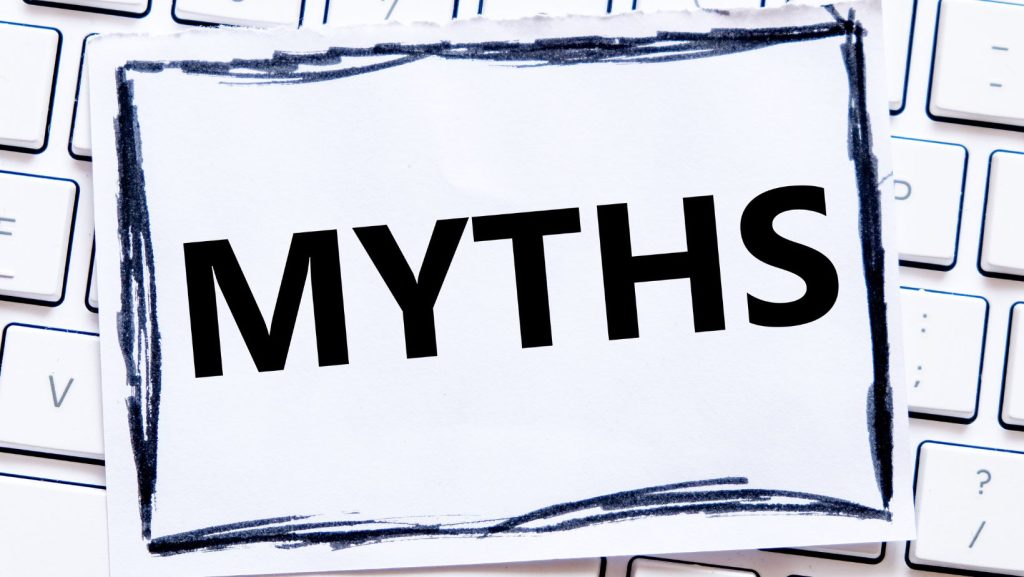Hard drive destruction has become a significant component of the data lifecycle, yet a number of misconceptions cloud the public’s understanding of it. These myths can lead individuals and organizations to neglect this important security measure, leaving them vulnerable to data breaches and potentially catastrophic outcomes. This blog post aims to shed light on some of the most common myths about hard drive destruction and the importance of embracing proper data disposal methods.
Why Hard Drive Destruction Matters
When you throw away an old computer or hard drive, you might think that all your private information on it is gone forever. But that’s not always true. Just deleting files doesn’t mean they can’t be found again. That’s why destroying hard drives the right way is super important. It means that no one can ever get your personal information, like bank details, emails, or family photos, from an old hard drive that you’ve thrown out.
Myth 1: Formatting The Hard Drive Is Enough
Formatting a hard drive is enough to protect sensitive data. Unfortunately, this is far from the truth. When you format a hard drive, you effectively delete all the file system information, but the data remains intact and recoverable until overwritten.
Why Formatting Is Not Sufficient
Formatting merely erases the address tables – like removing the table of contents from a book. Until another file is saved over the area on the drive, the original data is retrievable. This could be catastrophic for individuals and organizations who believe they have wiped a drive clean only to have personal or sensitive data recovered by an unauthorized party.
Myth 2: Physical Destruction Is Unnecessary
Some may argue that simple degaussing or overwriting the data on the drive is sufficient. However, without physical destruction, there is a risk that information can still be recovered.
The Risks
With sophisticated recovery software and tools, it’s possible for determined hackers to reconstruct data from drives that have not been physically damaged. Therefore, for ultimate security, physical destruction – such as shredding or disintegrating – is the most reliable method to ensure data cannot be recovered.
Myth 3: Software-Based Erasure Is Foolproof
Software-based erasure methods are commonly used and often considered an effective way to destroy data. However, this method is not infallible.
The Limitations And Vulnerabilities
Not all software erasure tools are created equal. Some may not work efficiently on certain types of drives, while others may leave traces of data due to incomplete erasures. Moreover, malware and other software-based attacks can reformat or corrupt systems, emphasizing the need for more comprehensive disposal methods.
Myth 4: Deleting Files Makes Them Inaccessible
Many believe that by moving files to the Recycle Bin and then emptying it, the data is gone. This couldn’t be further from the truth.
Reality
When you delete a file, you’re essentially removing the marker that points the system to that data. Until that space on the hard drive is overwritten, the data remains and can be retrieved by someone with the right tools and knowledge.
Myth 5: Hard Drive Destruction Is Expensive And Time-Consuming
One common deterrent to proper hard drive destruction is the belief that it’s too costly and time-intensive.
Addressing Misconceptions
While it’s true that some methods of destruction can be more expensive than others, it’s important to weigh the cost against the potential fallout of a data breach. Additionally, services to destroy hard drives can be relatively quick, especially when considering the time required to deal with a breach or lost/stolen data.
Myth 6: Data Destruction Is Only Necessary For Large Organizations
Data security should not be confined to large organizations. In fact, small businesses are often targeted due to their perception of having less robust security measures.
Why It Affects Everyone
Data breaches can happen to anyone, and the impact on a small or medium-sized business can be particularly devastating. According to the study, 46% of all cyber breaches impact businesses with fewer than 1,000 employees. This is because smaller businesses may not have the resources or expertise to combat cyber threats, making them easy targets for hackers. And since small businesses often handle sensitive customer information such as credit card numbers and personal data, a breach can result in a loss of trust and reputation, leading to significant financial losses.
The Importance of Data Destruction for Small Businesses Ensuring proper data destruction processes are in place is an important security measure, regardless of the company’s size.
Myth 7: Securely Erasing Data Takes Too Much Time
Another common myth is the belief that securely erasing data is a time-consuming process that isn’t practical for real-world business operations.
Balancing Time And Security
While securely erasing data might take longer than simpler methods, the importance of the data and the potential repercussions of improper handling should be weighed against the inconvenience of the process. In many cases, the trade-off for security is well worth the extra time.
Conclusion
Adopting a robust approach by using hard drive destruction services will minimize the risks associated with data breaches and unauthorized access to confidential information. Desert Document Shredders offers professional destruction services, providing peace of mind to customers who need data protection and proper disposal. Don’t let these common misconceptions put your sensitive information at risk – prioritize hard drive destruction by contacting us today.


